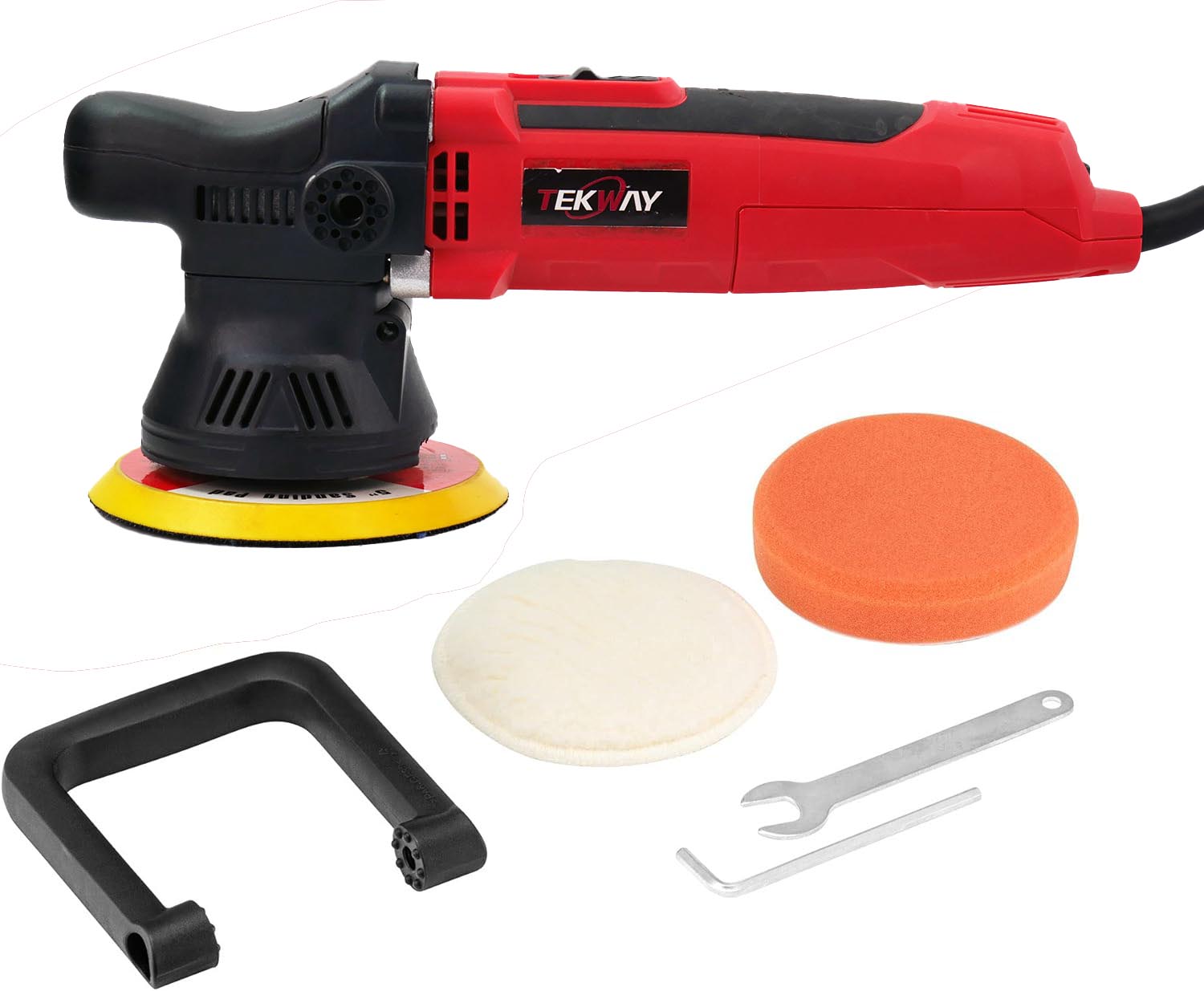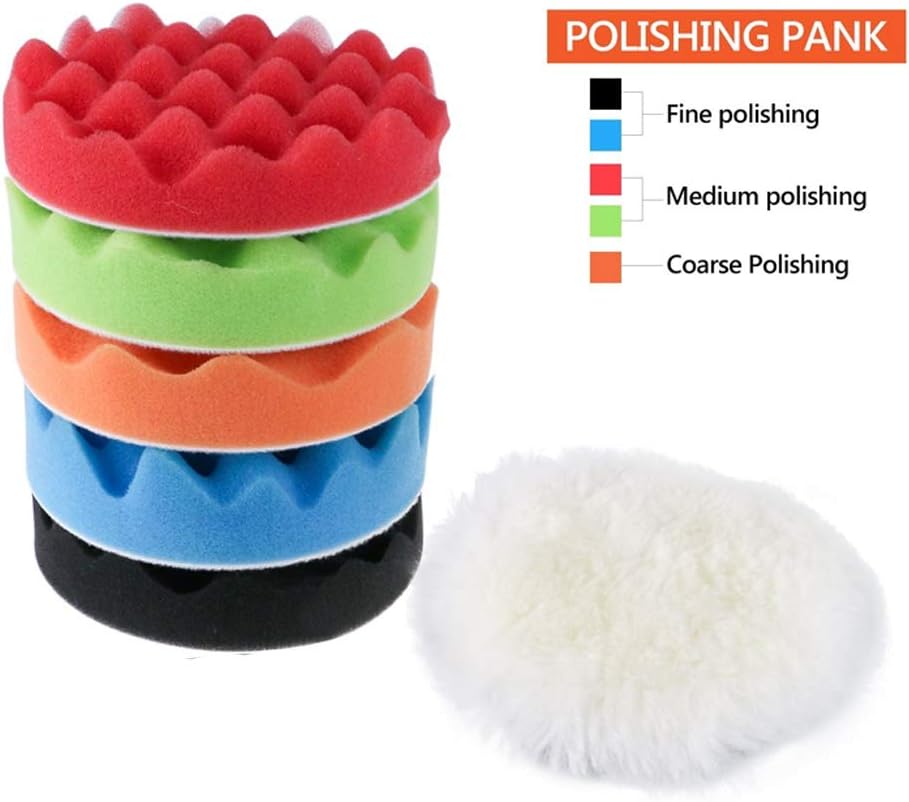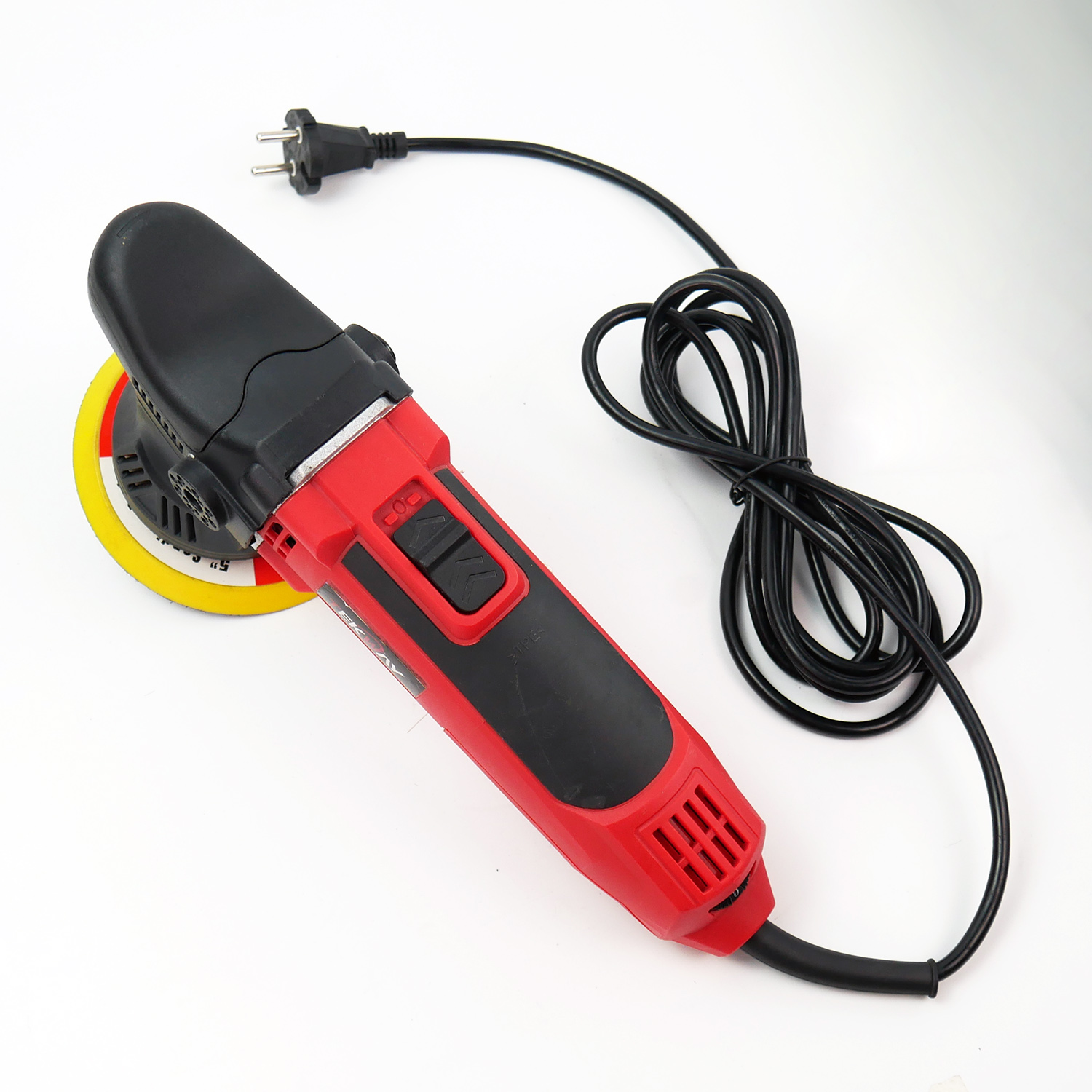1. Material Compatibility: Consider the material you will be polishing. Different materials require specific types of polishing discs. For example, there are discs designed for metal, wood, paint, or stone surfaces. Ensure that the disc you choose is suitable for the material you are working with.
2. Polishing Goal: Determine the desired outcome of your polishing task. If you need to remove scratches or imperfections, a more aggressive disc may be required. For fine polishing or achieving a high-gloss finish, a softer and less abrasive disc might be preferable. Match the disc's abrasiveness with your polishing goals.
3. Disc Type: Polishing discs come in various types such as foam, wool, microfiber, or abrasive pads. Each type has its own characteristics and is suitable for different applications. Foam pads are commonly used for final finishing, while wool pads are more aggressive for heavy cutting and compounding. Consider the specific type that suits your polishing needs.
4. Size and Compatibility: Ensure that the polishing disc you select is compatible with your polishing machine's backing plate or attachment system. Check the disc's diameter and attachment mechanism to ensure a proper fit.
























